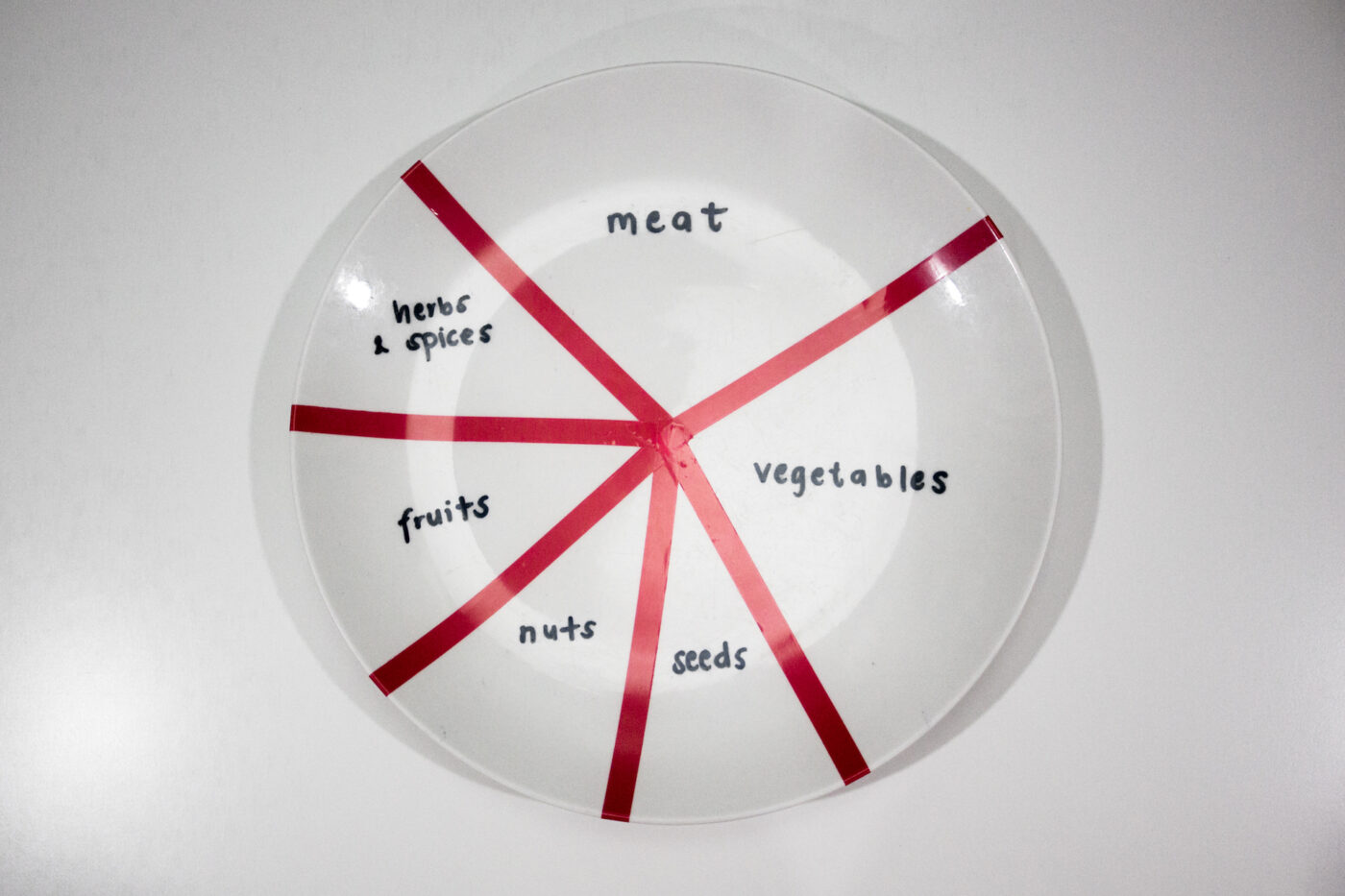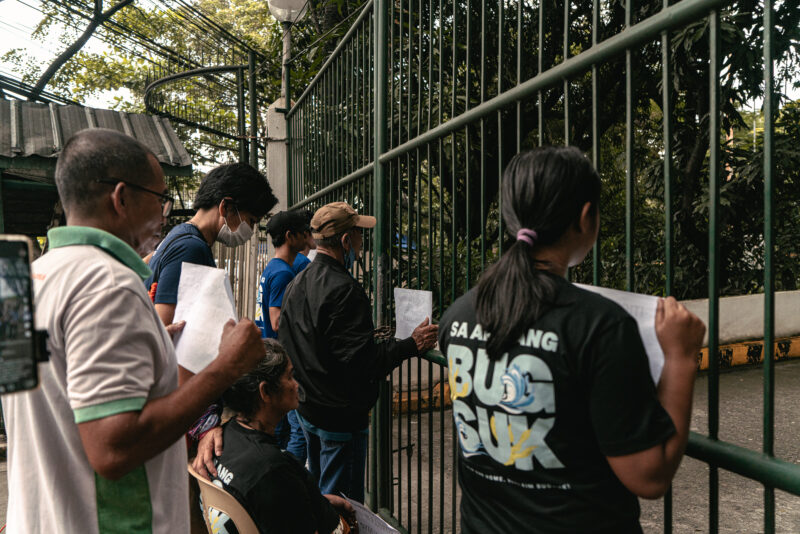You open the door and enter the restaurant. Many different elements grab your attention: The color of the walls, the ambient lighting, and even the placement of the tables. As you stand there looking mystified and in awe, a warm smile greets you.
The next thing you know, you are seated comfortably. You then scan the menu and finally order. After a few minutes, your dish is brought to your table. Everything’s set up and the food looks exquisite. But just before you dig in, you do what every other person does before they eat their meals—you take your phone out and decide to snap a photo for your Instagram account.
Instagram and Snapchat have now changed what it means to be a food critic. In line with this, the growing popularity of these social media platforms has changed food culture by prompting the search for the most aesthetically pleasing bars and restaurants.
Virtual palette
“Snap this” and “Insta-story that” are common phrases being thrown around in restaurants and bars nowadays. The behavior of sharing one’s meal on social media has been attributed to the literal idea of sharing a meal with other people.
Food on social media says a lot on one’s lifestyle. Eating healthy dishes makes a statement about how one views health. Likewise, eating expensive dishes broadcasts to the world one’s financial ability. While these may not be the main reason to share pictures of food, the fact that people share their lifestyle through what they eat tell us what food sharing culture is all about.
Josef De Guzman, professor of Food Anthropology at the University of the Philippines-Los Banos, says that “food, or taste, to be more accurate, is a marker of social class.” He further explains that in consuming certain dishes and having certain tastes, there is this concept of social capital being formed.
Social capital is used to describe “the person’s participation or position within a particular social group, which contributes to their lives in certain ways.” Social capital in food sharing culture dictates the societal image presented to the general public.
However, other people would not know one’s social capital if they cannot observe one’s lifestyle. De Guzman explains that social capital holds no meaning if no one knows about it. This is where the power of social media is made more apparent.
“With social media, you’re no longer confined to the restaurant. People who aren’t with you can know that you ate in a five-star restaurant just because you posted it online,” De Guzman says. He believes that this phenomenon has brought the food industry to its “visual-focused ideology.”
The saying “you taste with your eyes first” is a summary of what visually appealing food is all about. The importance of how a meal looks is something many people pay close attention to. Since taste cannot be communicated through a photo, ensuring the dish looks as appetizing as possible can almost substitute the very act of consuming the dish.
A blanket of influence
With social media taking center stage in the way that people share their experiences, word about new types of food are quick to spread and are easily accessible. On Instagram alone, the word “food” has been used as a hashtag for over 208 million posts since its founding in 2010.
Social media continues to be more accessible as technology progresses. With the rise of smartphones, it becomes easier to share experiences with anyone. Coupled together, the prevalence of social media and the accessibility of technology allows anyone to be their own “food critic”—a term reserved exclusively then for journalists and writers—and post their thoughts about the food they’re eating.
The hashtag #healthy is used in over 92 M posts on Instagram alone. Delving into a more niche category of this trend, #vegan and the often-linked #glutenfree hashtags saw over 160,000 posts between January 2016 and January 2017. This promotes the consumption of healthy dishes as well as the use of healthier ingredients when cooking such meals.
The volume of people posting about food has brought attention to new and even niche or experimental types of food. This extends to promoting not only specific dishes, but also trends and attitudes towards food.
Massimo Bottura, who won the top spot for the 2016 World’s Best Restaurant, says that the food trend for 2017 is not an ingredient, but an attitude. Bottura adds that people are now starting to promote a new way of eating and cooking that encompasses all cuisines, as opposed to promoting a single dish.
No filter, no profit
Social media has also brought about a new form of marketing which restaurants use to gain popularity. Gabby Oliveros, head chef of the restaurant Overheat, says that this new form of marketing no longer uses the traditional means such as flyers because they are able to reach the same amount of people by using Facebook. He also says that social media updates are fast and in real time, and that they never become irrelevant or repetitive like traditional advertising.
When asked about other important qualities of food as well as tips in setting up a new restaurant, Oliveros says that people nowadays “eat with their eyes,” and that the look of the dish when it is served to them provides that initial spark of appetite.
“Good service is paramount to a good dining experience. So the food must be good and the staff working silently in the background [must be accommodating] to give a good dining experience,” he says.
Food has become more than just taste. The first impression now lies in the aesthetics rather than the first bite. With the new culture of posting about food before eating it becoming part of the dining ritual, meals must now look as good, or even better than they taste in order to entice people to continue visiting them. Restaurants now strive to create character, something which encompasses everything from taste to aesthetics.







